
Small Claims Court COMPLETE Guide Philippines (DIY without a Lawyer and get your money back)
A small claims court case is a court case you can do yourself so long as the amount you want to claim is Php 400,000 or less.
Some common situations are:
- A contractor fails to complete a contract
- Someone has loaned money from you and hasn’t paid
- Where there is a loan, lease, or mortgage contract between you and someone else, and they haven’t paid
- An amicable barangay agreement or arbitration award
For amounts of Php 400,000 and less, you can bring a small claims case to court yourself and get your money back – and you don’t need a lawyer to do it.
Why don’t I need a Lawyer for Small Claims actions?

A small claims action is specially designed to NOT need a lawyer (although guidance is recommended).
It has simplified rules to make it easier for a regular person to go to court and it has a streamlined process to speed things up.
It is the only type of case in the Philippines like this – and it’s the only one that you can do yourself.

Why?
The Supreme court made these special rules for 2 reasons:
- To allow people who couldn’t afford a lawyer to still bring the case to court
- To allow courts to speed up processing with simplified rules
For all other cases in the Philippines – please, get a lawyer.
For a small claims case – read on and we’ll help you do it yourself. 😊
Who can file a Small Claims case?

You can only file a small claims case if your case is eligible.
You are eligible if:
- The amount you are trying to claim doesn’t exceed Php 400,00 excluding interest
- You’ve already tried to claim the money yourself
- You’ve gone through the Barangay*
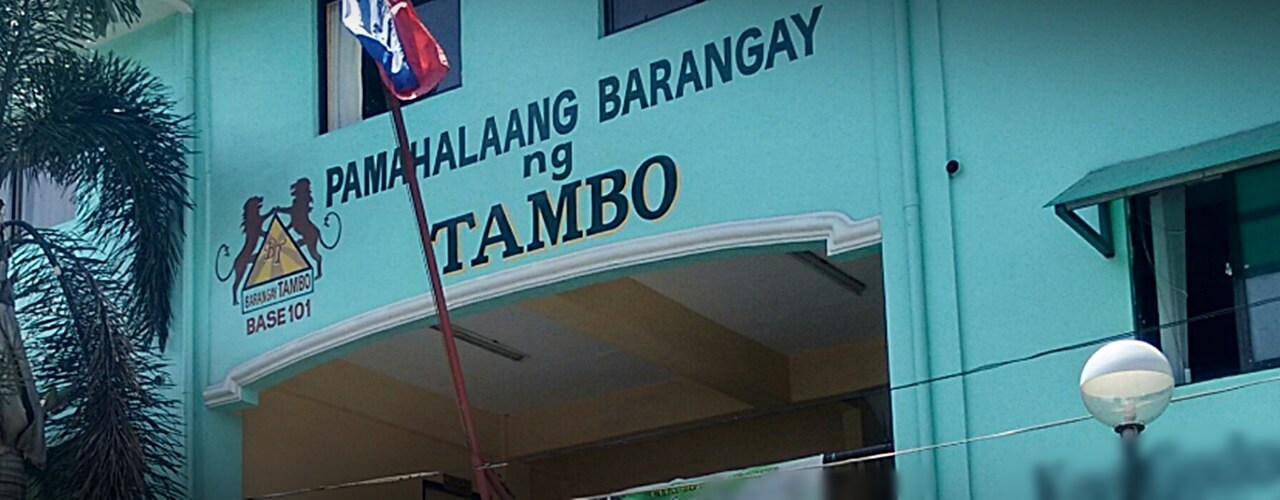
Yup, that’s right.
When you and the person who owes you, money lives in the same barangay, city or adjoining barangays, the barangay should be the first stop.
The court encourages people to go to the barangay first to try to help people avoid going to court.
How do I start a Small Claims case?
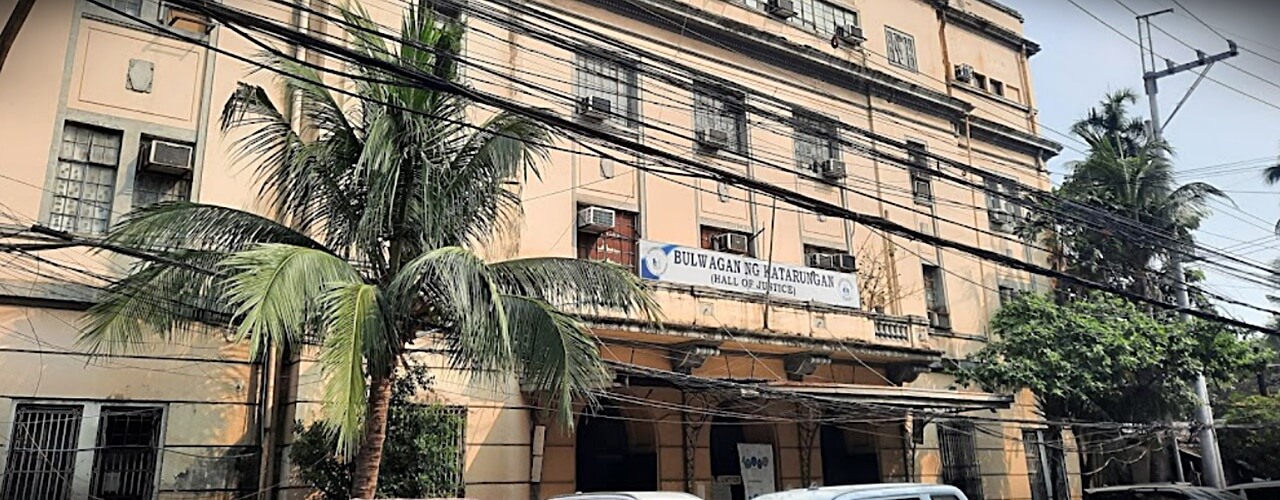
You will need to file a small claims case with the first-level courts.
To do this, you will need to prepare some basic documents and strong evidence.
You will need the following documents:

- Statement of Claim
- Certification Against Forum Shopping, Splitting a Single Cause of Action, and Multiplicity of Suits
- 2 duly certified photocopies of the contract
- Evidence such as Affidavits of witnesses, text messages, emails, and all other proof (More on this later, because this makes a case win or lose.)
What is a Statement of Claim?

We can help you fill-up the Statement of Claim with one of our lawyers.
A statement of claim needs the following information:
- Your general and contact information
- General and contact information of the person/s who loaned money from you
- Information about the money owned, such as the amount, date, reason, any efforts you made to have the money paid back to you and the contract or proof that there is a loan.
- Evidence* (I’ll take this up in a separate section since this is really important and you need to know this.)

Remember that your evidence has to be complete and truthful.
It’s very hard to add evidence after the case has been filed, so make sure that you’ve got all the evidence and the judicial affidavits ready.
The court can dismiss your case with prejudice – meaning you cannot file it again – if the evidence is lacking.
What is a Certification Against Forum Shopping?

A Certification against Forum Shopping, splitting a Single Cause of Action, and a Multiplicity of Suits is a required certification.
This ensures that multiple cases cannot be filed against someone for the same reason.
This helps prevent clogging of the courts and to ensure that someone is only tried once.

Specifically, it states:
- That there is no other case for the same matter in any court currently existing and that the court is informed within 5 days if you do come to know of one.
- That you haven’t filed more than 1 complaint against a defendant based on a single act or omission of the defendant
- That you waive the right to file a criminal case for BP 22 based on the same matter
Be truthful on this – a case can be lost because this was inaccurate.
What is the evidence I need for Small Claims case?

Aside from going to court, a lawyer’s job is to find evidence in your story and prepare it for court.
It is not easy to do.
You need to understand what the court considers the evidence.

You’ll need to prove each step of the chain.
You’ll need to organize and present it easily – a small claims case is a very small case to the court so they won’t spend a lot of time trying to understand you.
Instead, you have to give them an easy and clear story with strong proof.

For a small claims case, you’d need the following:
- The contract of the loan, mortgage, sale, etc.
- It should clearly state who the parties involved are
- It should state the amount and what the obligations of the parties are
- Signed and properly notarized documents are highly valued by the court
- If you do not have this, present what you do have – but of course, the court may not look on it as favorably.
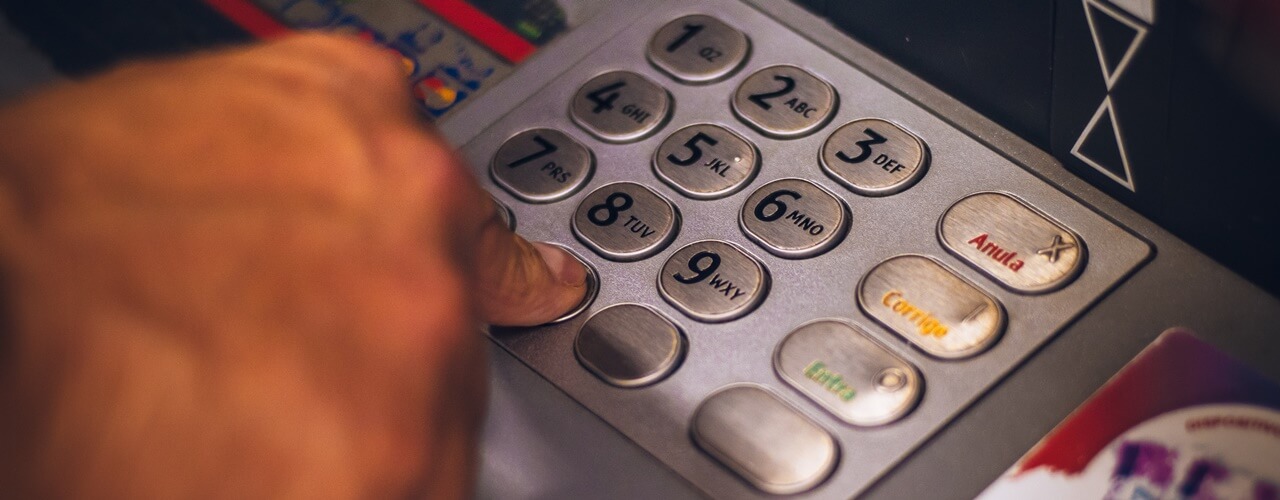
- Proof that you sent money to them (and that they received it!)
- Bank, GCash or Paymaya transfer showing that you sent them the money
- If you gave it in cash, you’ll need a witness’ affidavit to prove the money was given.
- Any proof showing that they received it – such as a text, email, message or other saying that they received the amount.

3. Proof that you asked them to pay the amount back.
- Courts prefer you’ve made an effort to get your money back before going to court.
- Any screenshot of a text, message, email or witness testimony showing you’ve tried to get them to pay the money. A judicial affidavit is needed when you have a witness.
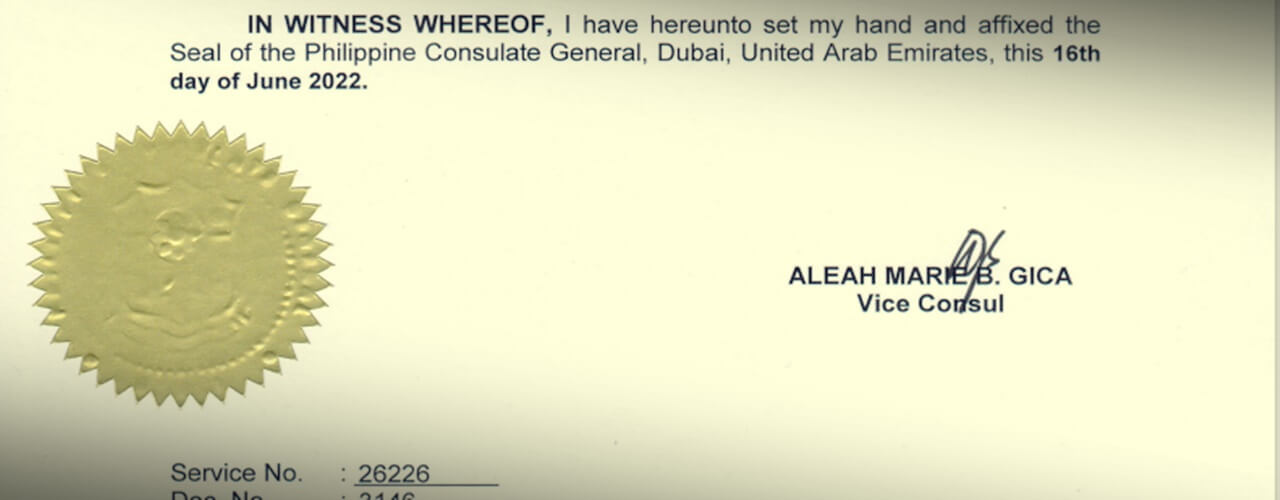
4. Any proof that strengthens the case
- Courts want you to prove the facts.
- They highly value written documents, preferably notarized or apostilled (if abroad) and in some cases require them
- The more high-quality evidence that you have the better
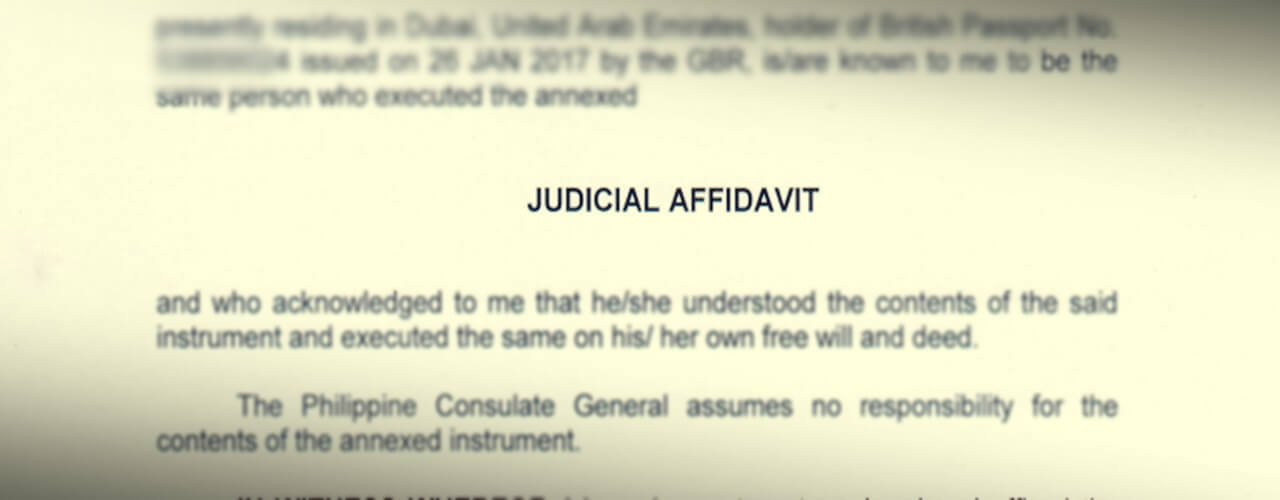
Your evidence has to be high quality.
The court wants to see contracts and judicial affidavits (Legal documents of a witness’s testimony that are notarized. Yes, doing it well usually needs a lawyer.)
It has to prove that there was an agreement, that money was sent and that the obligation was not fulfilled.
It also has to be organized – courts are busy and your small claims case is one of many.

The judge wants to see strong evidence logically arranged.
The judge will usually make a decision for a small claims action on the day itself or within 24 hours.
If the evidence is not well made, a judge is not going to spend time trying to understand what happened or figure out your case.
If the evidence is excellent, a judge is going to understand your case better and hopefully grant it.
Note: Your evidence should be complete from the beginning because adding new evidence during trial is pretty difficult.
Where do I file a Small Claims case?
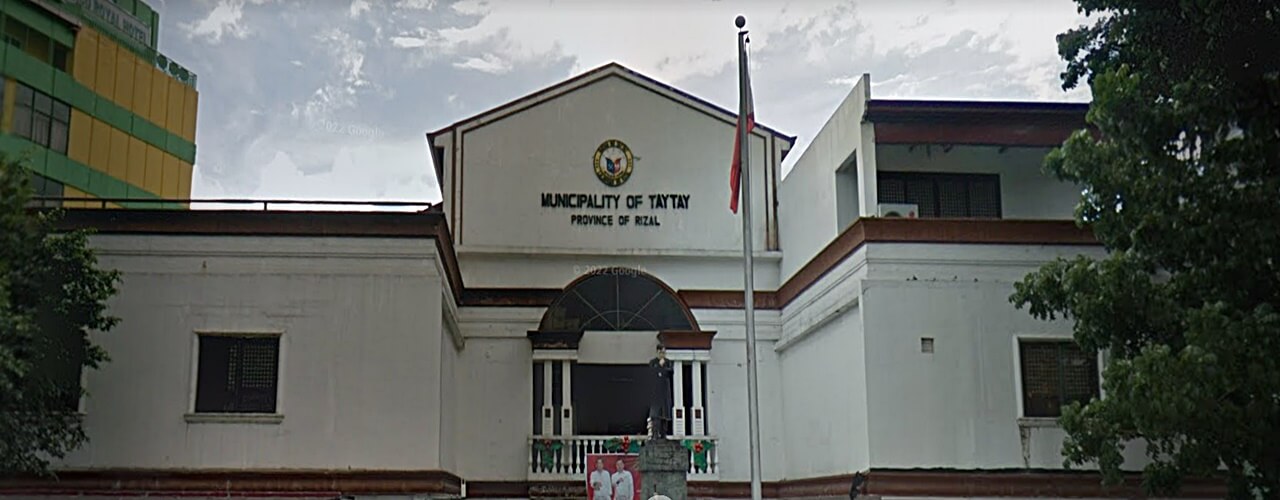
If you are not in the business of loaning money, you would file at the first-level court in the city or municipality you live in.
Before filing a court, check first to see if you need to first try to resolve it at the barangay level.
Resolving it at the barangay level is necessary if you and the person who owes you money:
- Live in the same city
- Live in the same barangay or
- Live in adjoining barangays.

If the barangay fails, then you file at the first-level courts that have jurisdiction over where you live.
First level courts are courts such as the Metropolitan Trial Courts, Municipal Trial Courts in Cities, Municipal Trial Courts, and Municipal Circuit Trial Courts.
If you are in the business of loaning money, then you file at the first level courts where the person who owes you money lives.
How much is the Filing Fee for a Small Claims case?

If you are in the business of lending, filing fees are:
- Not more than P20,000.00 – PHP 300.00
- P20,000.00 to P100,000.00 – PHP 1,000.00
- P100,000.00 to P200,000.00 – PHP 2,500.00
- P200,000.00 to P300,000.00 – PHP 3,500.00
- P300,000.00 to P400,000.00 – PHP 5,000.00

If you are not in the business of lending, filing fees are Php 700. And, if you have filed small claims cases before, there are additional filing fees. These would be:
- Php 500 if you’ve filed more than 5 cases in a year
- Php 600 if you have filed more than 10 cases in a year
- Php 700 if you have filed more than 15 cases in a year

A filing fee can sometimes be waived if you are indigent.
A declaration that you are indigent is needed and then this would need to be granted by the Executive Judge.
There are other fees aside from filing fees:
- Sherriff’s Trust Funds of Php 1,000.
- Summons fees of Php 200
- Legal Research fees of Php 10 minimum, but varies depending on the amount
- Mediation Fund of Php 500
- Victim’s Compensation Fund of Php 5
Filing Fee calculation of Php 20,000
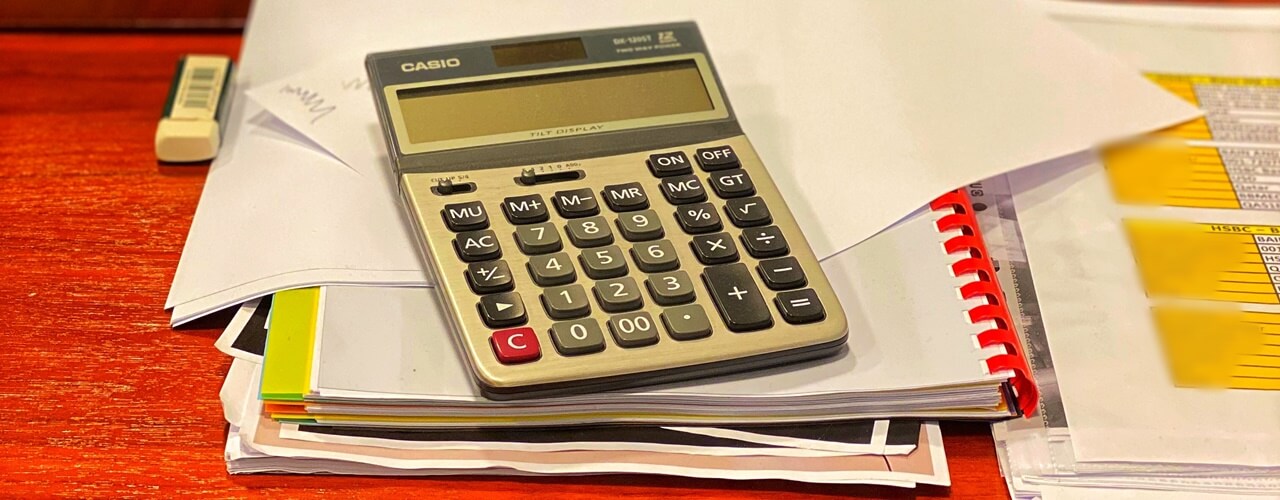
So, let’s do an example:
Say the amount involved is Php 20,000.
If you are engaged in the business of lending, the amount you would need to pay is Php 2,015 without an additional filing fee amount.
- Filing Fee of Php 300
- Sherriff’s Trust Funds of Php 1,000.
- Summons fees of Php 200
- Legal Research fees of Php 27
- Mediation Fund of Php 500
- Victim’s Compensation Fund of Php 5.

If you are not engaged in the business of lending, the amount you would need to pay is Php 2,415 with an additional filing fee amount as applicable.
- Filing Fee of Php 700
- Sherriff’s Trust Funds of Php 1,000.
- Summons fees of Php 200
- Legal Research fees of Php 27
- Mediation Fund of Php 500
- Victim’s Compensation Fund of Php 5
Filing Fee calculation of Php 200,000
Let’s increase the amount to Php 200,000.
Because filing fees and legal research funds increase when the amount increases, the amount you would pay increases if you are not in the business of lending.
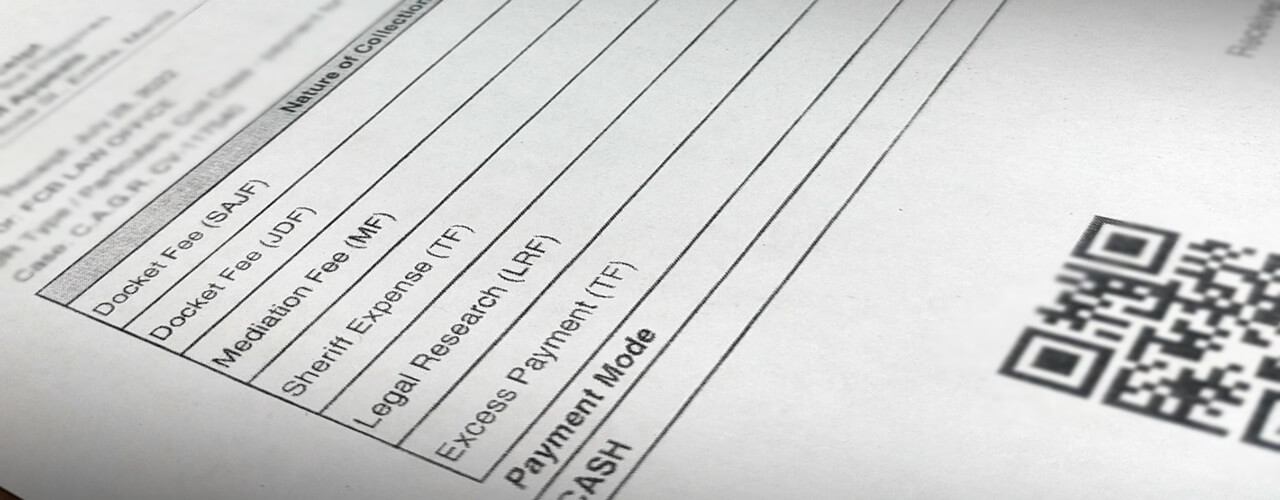
If your business is lending, the amount is Php 4,232 without an additional filing fee amount.
- Filing Fee of Php 2,500
- Sherriff’s Trust Funds of Php 1,000.
- Summons fees of Php 200
- Legal Research fees of Php 27
- Mediation Fund of Php 500
- Victim’s Compensation Fund of Php 5.

If you don’t lend as a business, the amount is reduced to Php 2,415 with an additional filing fee amount as applicable.
- Filing Fee of Php 700
- Sherriff’s Trust Funds of Php 1,000.
- Summons fees of Php 200
- Legal Research fees of Php 10
- Mediation Fund of Php 500
- Victim’s Compensation Fund of Php 5
What is the process for Filing a Small Claims case?

Filing a small claims case is fairly straightforward.
The process is this:
- Create all the documents you need (yes, for this part it is really advisable to get a lawyer because if the claim is dismissed you cannot appeal it). These documents would be:
- Statement of Claim
- Certification Against Forum Shopping, Splitting a Single Cause of Action, and Multiplicity of Suits
- Copies of the contract
- Judicial Affidavits
- Barangay Agreement or Amicable Settlement, if applicable

Your Statement of Claim should include all the proof and affidavits needed. It’s tough to add new evidence after it’s been filed.
- File at court.
- Court should serve a Summons, Notice of Hearing, blank Response Form, and a copy of all the documents you filed to the person who owes you money. If the court cannot serve it, you will be required to serve it and you’ll need to inform the court in 30 days.

4. You or your representative (who must be a relative and cannot be a lawyer) must attend the hearing. You can only postpone once and should have proof of physical inability to appear.
- You will need to follow up with the court for the Decision so get contact numbers and emails for the sheriff, the clerk of court and the civil in charge. Be prepared to go there if needed.
- Decision and execution by the Sheriff – hopefully in your favor.
How do I win the case?

Gather strong evidence, and follow our advice and the rules of the court.
When cases fail, they do so because:
- The evidence was not strong enough
- The rules of the court weren’t followed
- There wasn’t enough follow-up.

It’s so important to have the right evidence (this is actually why cases are expensive. It takes time to gather and organize evidence. It takes practice and experience too).
Read the evidence section up top, and think about it.
Make sure you understand what’s needed and ask for advice
(Or get a consultation with one of our lawyers here if you need help.)

Another reason cases fail is that the rules of the court aren’t followed.
In a small claims case, the rules are pretty streamlined.
But you’ve got to show up for the hearing, get summons done, and avoid postponements.
And remember that the last reason – follow up!
Courts are really overworked.
If a court is overworked, then you’ll need to follow up on summons, on the hearing, on the decision and on everything that needs coordination.
You can do it (yes, there is a lot of detail and a lot of work but it’s doable) and you can definitely get your money back.

